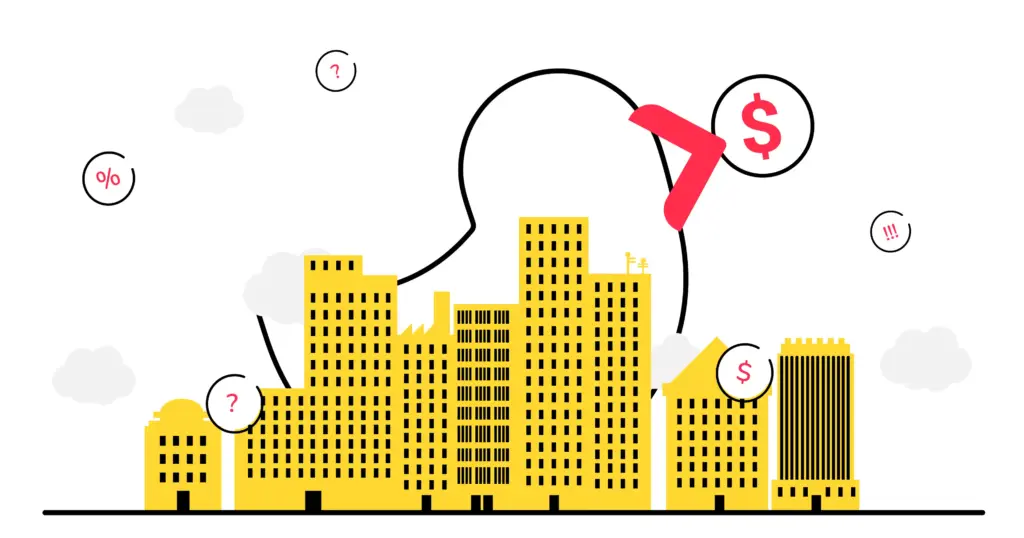The world of commercial real estate (CRE) is a dynamic and multifaceted sector, offering a blend of significant opportunities and complex challenges. It’s a key indicator of economic health, reflecting trends in business, technology, and society. As we navigate a post-pandemic world, the CRE landscape is undergoing a profound transformation, requiring investors, developers, and tenants to adapt and innovate.
The Foundation of Commercial Real Estate
Commercial real estate encompasses a broad range of property types used for business purposes. The main categories include:
- Office: Traditional office buildings, co-working spaces, and corporate campuses. The rise of remote and hybrid work models has forced this sector to re-evaluate its purpose and design.
- Retail: Shopping malls, strip centers, and standalone stores. The ongoing shift to e-commerce and changing consumer habits have put pressure on physical retail spaces, leading to a need for more experiential and community-focused designs.
- Industrial: Warehouses, distribution centers, and manufacturing facilities. This sector has seen explosive growth driven by the expansion of e-commerce and the need for efficient supply chain logistics.
- Multifamily: Apartment buildings and residential complexes. While primarily for housing, these properties are considered commercial investments due to their income-generating potential.
- Specialty: Hotels, medical buildings, data centers, and self-storage facilities. Each of these sectors has unique market drivers and investment considerations.
Opportunities in a New Era
Despite the headwinds, the CRE market presents numerous avenues for growth and investment.
Industrial and Logistics
The undisputed leader in recent years, the industrial sector continues to thrive. The acceleration of e-commerce has created a seemingly insatiable demand for warehouse and logistics space. Investors are drawn to the high occupancy rates and strong rental growth, particularly for properties near major transportation hubs and urban centers. The “last-mile” delivery concept has made smaller, strategically located warehouses highly valuable.
Multifamily
The multifamily sector remains a resilient investment. Demographic shifts, such as millennials and Gen Z entering the rental market, coupled with high home prices, are fueling demand for apartments. Investors find stability in the steady rental income and the potential for appreciation. The focus is increasingly on amenities that cater to a modern, convenience-driven lifestyle.
The Rise of Niche Markets
Beyond the traditional sectors, specialized CRE offers compelling opportunities. Data centers are in high demand, driven by the explosive growth of cloud computing and AI. The healthcare sector is expanding, making medical office buildings and life science facilities attractive investments. Additionally, the increasing popularity of remote work has led to a surge in demand for self-storage facilities, as people seek to downsize or manage their belongings more efficiently.
Challenges and the Path Forward
The CRE market is not without its significant challenges, particularly in the office and retail sectors.
The Office Conundrum
The most pressing challenge is the uncertain future of the office sector. With many companies adopting hybrid work models, office occupancy rates have declined, leading to a surplus of available space in many major cities. This has put downward pressure on rents and valuations. The central challenge is to re-imagine the office space from a place of work to a destination that fosters collaboration, community, and company culture. Older, less-amenitized buildings are struggling the most, while newer, well-located properties with modern amenities are faring better.
Retail’s Evolution
Retail CRE faces the ongoing challenge of competing with e-commerce. Malls, in particular, must transform or risk becoming obsolete. The solution lies in creating experiential retail destinations that offer more than just shopping. This includes incorporating entertainment, dining, fitness centers, and public spaces to draw in foot traffic and create a community hub. The pandemic accelerated the need for this change, forcing many landlords to get creative with their tenant mix.
Economic Headwinds
The broader economic environment presents its own set of challenges. Rising interest rates have increased the cost of borrowing, making it more difficult to finance new developments and acquisitions. Additionally, inflation can impact construction costs and operating expenses. Investors must be more diligent in their financial modeling and risk assessment.
Conclusion: A Time for Strategic Adaptation
The commercial real estate market is at a pivotal moment. The traditional models are being challenged, but new opportunities are emerging from the very forces causing the disruption. Success in this evolving landscape will require a strategic approach and a willingness to adapt.
For investors, this means being selective, favoring sectors with strong fundamentals like industrial and multifamily, while approaching office and retail with a keen eye for properties that can be re-positioned for the future. For developers, it means designing flexible, sustainable, and technology-enabled spaces that meet the needs of a modern workforce and consumer.
The future of CRE is not about returning to the past but embracing the new. It’s about creating spaces that are not just functional but also vibrant, resilient, and responsive to the way we live and work today. The opportunities are there for those who can navigate the challenges with foresight and innovation.




